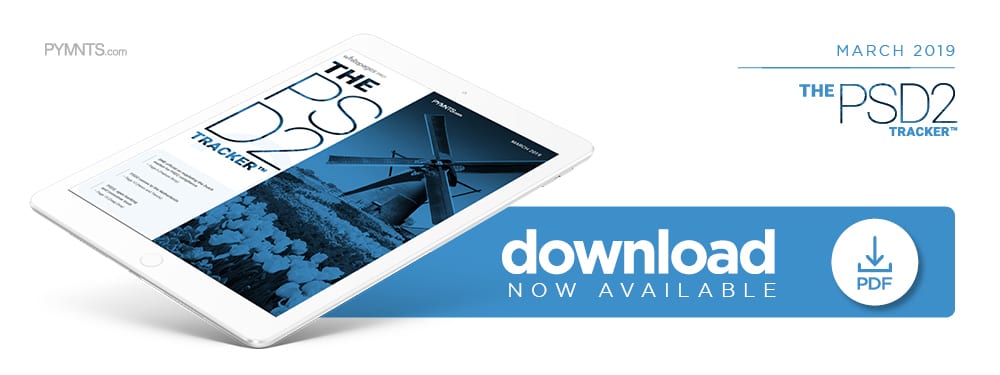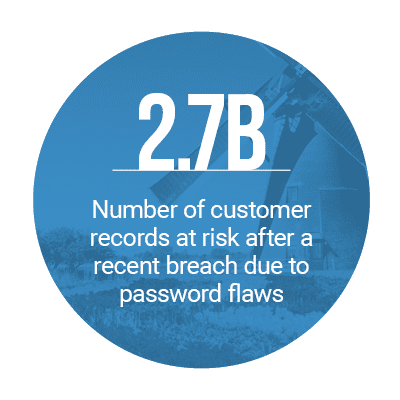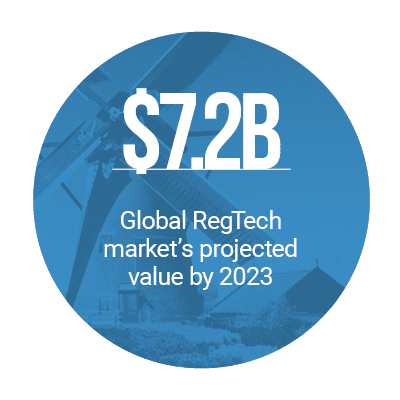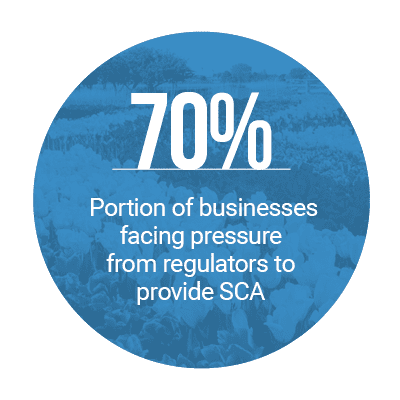
 With PSD2 becoming firmly planted in the European Union (EU), more markets are integrating the regulation into their financial systems, and prepping for changes in the ways they approach payments, data transfers and customer authentication.
With PSD2 becoming firmly planted in the European Union (EU), more markets are integrating the regulation into their financial systems, and prepping for changes in the ways they approach payments, data transfers and customer authentication.
 Businesses and banks under its purview are preparing for one specific change under the regulation: Strong Customer Authentication (SCA). This facet of the law will create new requirements when it comes to consumer transactions, including the need for two-factor authentication to make sure a customer really is who they have said they are, according to their online account.
Businesses and banks under its purview are preparing for one specific change under the regulation: Strong Customer Authentication (SCA). This facet of the law will create new requirements when it comes to consumer transactions, including the need for two-factor authentication to make sure a customer really is who they have said they are, according to their online account.
However, as these markets ready for SCA and other PSD2 changes, they must also manage a rising tide of fraud and cybercrime in the Open Banking ecosystem. In the new PSD2 Tracker™, PYMNTS explores how fraudsters are taking advantage of the fact that bank data and information are no longer siloed, and why participating institutions need to be ready for them.
Around the PSD2 World
In spite of fraud concerns, businesses are responding to the growing Open Banking network with zeal.
Dutch airline KLM is among those looking to take a firmer place in the ecosystem, crafting a new payments system via API. The system uses APIs, which — under PSD2 — allow third parties to initiate payments with connected banks, paying directly from their bank accounts as an alternative to card payments.
Meanwhile, FinTech firms and smaller startups are taking advantage of the new freedom PSD2 allows within the EU. Raisin, a startup that offers a deposit marketplace alongside other features, announced a new partnership with Spanish bank Santander, which will allow users to share personal details — like name and date of birth — with the FinTech more quickly.
Still, more countries are opening their legislative doors to PSD2, though they may still have some concerns over customer data. Norway is among the recent countries to adopt the regulation, passing laws that will require account information service providers (AISPs) and payment initiation service providers (PISPs) to comply with PSD2.
Customer Awareness is Key for PSD2 Adoption in the Netherlands
 The Netherlands was one of the most recent countries to implement PSD2 this year, and mandating the regulation in such a market — where consumers are already used to faster payments and speedy transactions — requires a different approach by banks and businesses. For businesses that want to take advantage of Open Banking within the country, they’ll need to follow the guidelines set by the Dutch regulatory body, De Nederlandsche Bank (DNB).
The Netherlands was one of the most recent countries to implement PSD2 this year, and mandating the regulation in such a market — where consumers are already used to faster payments and speedy transactions — requires a different approach by banks and businesses. For businesses that want to take advantage of Open Banking within the country, they’ll need to follow the guidelines set by the Dutch regulatory body, De Nederlandsche Bank (DNB).
While consumers in the Dutch market are used to faster payments, that doesn’t mean they don’t have concerns over how Open Banking will impact their privacy, according to Petra Hielkema, division director of the payments and market infrastructures for DNB, in a recent PYMNTS interview.
“What really should not be underestimated is the … need for privacy of payment data in the Netherlands,” Hielkema said.
For more on how PSD2 implementation is progressing in the Netherlands, visit the Tracker’s feature story.
Deep Dive: PSD2, Open Banking and Consumer Trust
As Open Banking becomes a more saturated market, consumers still have concerns over who is using their data and why. While PSD2 is growing more established for many countries across the EU, there remains a simple challenge to growth and development: Most consumers still haven’t heard of it, which means many are unaware of the changes its bringing.
In this Tracker’s Deep Dive, PYMNTS examines how consumer trust can impact the spread of Open Banking across Europe, as well as how PSD2 is slowly changing the ways businesses, banks and consumers approach data.
About the Tracker
The PSD2 Tracker™, powered by Whitepages Pro, is the go-to resource for monthly updates on the trends and changes regarding PSD2, and other privacy and data protection regulations.